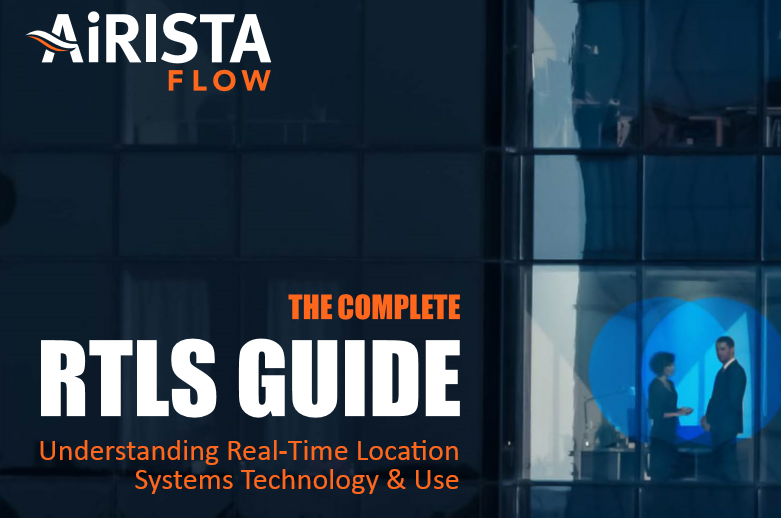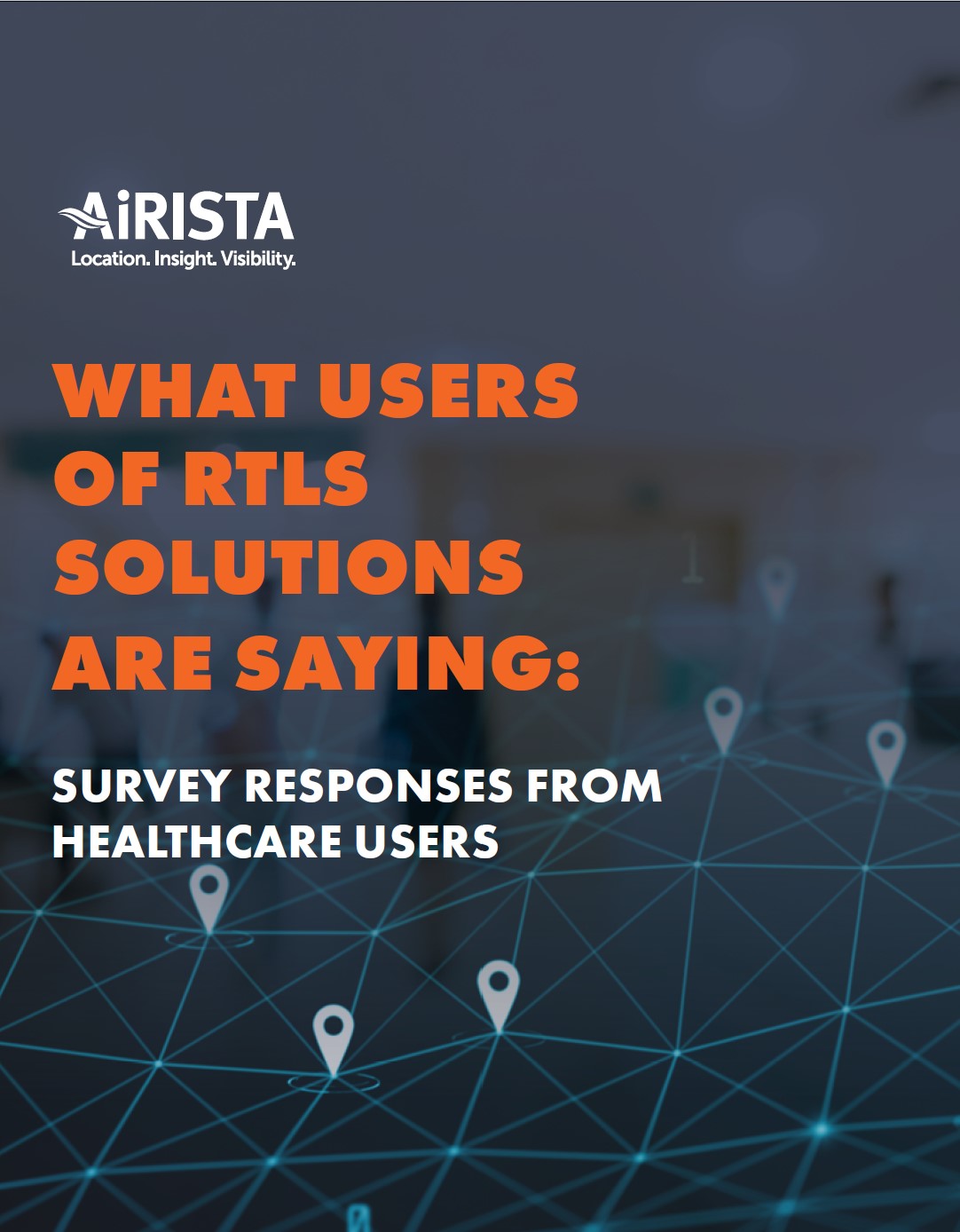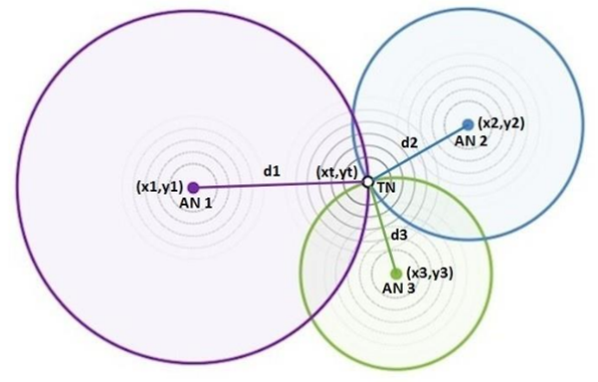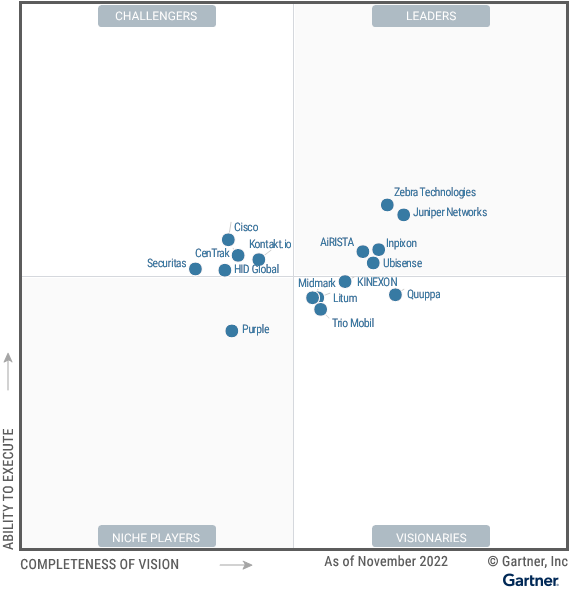Leverage appropriate resources at each step as you navigate the selection of an RTLS solution.
Gartner® has published the 2023 Magic Quadrant for Indoor Location Services™. The report evaluates RTLS vendors based on their “ability to execute” and “completeness of vision”. Vendors that perform well across both are positioned in the upper right quadrant designated as “leaders”. AiRISTA is pleased to be recognized as a leader for the second consecutive year. Click here for a complimentary report.
The Gartner Magic Quadrant is one of several resources companies can use when making decisions about RTLS solutions. The following process and associated resources can guide customers toward the best decisions and avoid wasteful spending.
The Team
A variety of organizations within your company must coordinate for the effective running of an RTLS solution. Organize an evaluation team to create the requirements and make vendor recommendations. The team should consist of users of the system, folks who are responsible for management of the system, people from IT with networking experience, and purchasing & finance. Begin a list of criteria to use for the evaluation. This list will be dynamic with updates through the discovery process. AiRISTA has created a Buyers Guide to real Time Location Systems which outlines the process and considerations when making an RTLS solution purchasing decision. 
To help ground team members in the basics of RTLS solutions you can turn to primers like AiRISTA’s The Complete RTLS Guide.
Early identification of the “owner” of the RTLS solution will help ensure that, as a shared resource, the platform is maintained and continues to provide value through its useful life. Without a clear owner, RTLS solutions risk falling into disuse and become shelf-ware.
The Use Cases
 Consider the use cases you hope to address. Rank them in priority and consider how you will measure success. For example reduction in leased assets, reduced time searching for equipment, improving process flow, improved inventory efficiency, regulatory compliance, or soft metrics like employee safety and peace of mind. For insight into how other customers use their RTLS platform, download AiRISTA’s Customer Survey for insights into healthcare customers.
Consider the use cases you hope to address. Rank them in priority and consider how you will measure success. For example reduction in leased assets, reduced time searching for equipment, improving process flow, improved inventory efficiency, regulatory compliance, or soft metrics like employee safety and peace of mind. For insight into how other customers use their RTLS platform, download AiRISTA’s Customer Survey for insights into healthcare customers.
When considering the priority of use cases, consider tackling something that can be deployed quickly and generates a high return on investment (ROI). An early “win” will help secure budget as you expand the system to other use cases. Click here for an example of the 25 most commonly tracked healthcare assets.
Interview the people who will ultimately use the solution. Ask them about their pain points, how RTLS might change the way they are use to getting work done, and what might inhibit its adoption. Turn users into your early champions.
Blogs are a good source of information when considering the variety of use cases available and their benefits. AiRISTA has several blogs that help.
Asset Tracking: https://blog.airistaflow.com/blog/ble-tags-to-track-assets
Staff Safety: https://blog.airistaflow.com/blog/characteristics-of-an-effective-staff-safety-solution
Manufacturing: https://blog.airistaflow.com/blog/airista-ble-aoa-demo-at-matc
Outdoor Asset Tracking: https://blog.airistaflow.com/blog/indoor-outdoor-asset-tracking
Healthcare Asset Tracking: https://blog.airistaflow.com/blog/rtls-manages-healthcare-assets
Healthcare Asset Tracking: https://blog.airistaflow.com/blog/healthcare-asset-tracking-solutions
Patient Flow: https://blog.airistaflow.com/blog/patient-flow-improvements-with-rtls
Temperature Monitoring: https://blog.airistaflow.com/blog/condition-monitoring
The Technology
With an agreement on the use cases to target, you can home in on the appropriate technologies. Matching the technology to your use cases has long lasting implications. In some cases your existing wireless infrastructure can provide location accuracy that is good enough. Wi-Fi triangulation, for example, compares the strength of a tag’s radio signal as perceived by nearby access points. Circles depict the relative strength of a tag’s signal and the point of overlap is the resulting location (see image to the right). This results in accuracy of roughly 3 to 5 meters – good enough for finding an infusion pump in a storage area. Check whether RTLS vendors you are considering have an integration to your wireless infrastructure vendor.
to your use cases has long lasting implications. In some cases your existing wireless infrastructure can provide location accuracy that is good enough. Wi-Fi triangulation, for example, compares the strength of a tag’s radio signal as perceived by nearby access points. Circles depict the relative strength of a tag’s signal and the point of overlap is the resulting location (see image to the right). This results in accuracy of roughly 3 to 5 meters – good enough for finding an infusion pump in a storage area. Check whether RTLS vendors you are considering have an integration to your wireless infrastructure vendor.
Proximity detection uses signal strength to indicate when a resource is “near”. This might be useful when an asset passes through a doorway or to distinguish between 2 patient beds in a single room. Technologies like Bluetooth Low Energy (BLE) are a cost effective way to provide proximity detection. Devices such as beacons are low cost and can leverage the Wi-Fi to relay tag signals to the RTLS software platform.
BLE standards recently introduced angle-of-arrival as an alternative to signal strength. A series of micro-antenna compare the angle of the arriving signal to produce accuracies under one meter. BLE AoA can also measure location in the vertical dimension for use cases like inventory tracking on shelves.
Also consider the longevity and adoption of a technology – Bluetooth® Low Energy (BLE) for example is finding its way into millions of devices which helps drive costs down. AiRISTA provides a white paper that surveys the RTLS technology landscape and the pros and cons of each. AiRISTA also provides several blogs on the subject.
Turn to experts in your IT organization to evaluate the vendors’ software platforms. The scalability and flexibility of the platform will indicate its ability to accommodate new and custom use cases.
Technology Pros & Cons: https://info.airistaflow.com/airista-rtls-technologies-white-paper
RTLS Technologies Used by AiRISTA: https://blog.airistaflow.com/blog/technologies-behind-airista-rtls-solutions
Cloud Delivered RTLS Software Platforms: https://blog.airistaflow.com/blog/cloud-based-asset-management
Emerging BLE Technology: https://blog.airistaflow.com/blog/sneak-peek-at-ble-6.0
The Vendor
Gartner’s Magic Quadrant lists a number of criteria that might offer a starting point. The report summarizes each vendor’s strengths and weaknesses. Gartner also publishes a Critical Capabilities report which is a companion to the Magic Quadrant. The Critical Capabilities report ranks vendors by use case. The report also describes market trends and use case popularity.
In many cases, a company might have an existing RTLS solution but for a variety of reasons are considering changing. Informal surveys of customers we encounter describe the following.
Why are you concerned about your current vendor?
- Lack of product refresh
- Lack of focus
- Commitment to continued investment
What are the most important characteristics of a new vendor?
- Flexibility of platform to handle change requests and new use cases
- Breadth of ecosystem and ease of integration
What parts of the migration to a new vendor keep you up at night?
- Unforeseen costs and budget containment
- The learning curve required of the employees that use the system and their acceptance
Please contact AiRISTA if you would like assistance in your RTLS journey. salesinfo@airista.com






